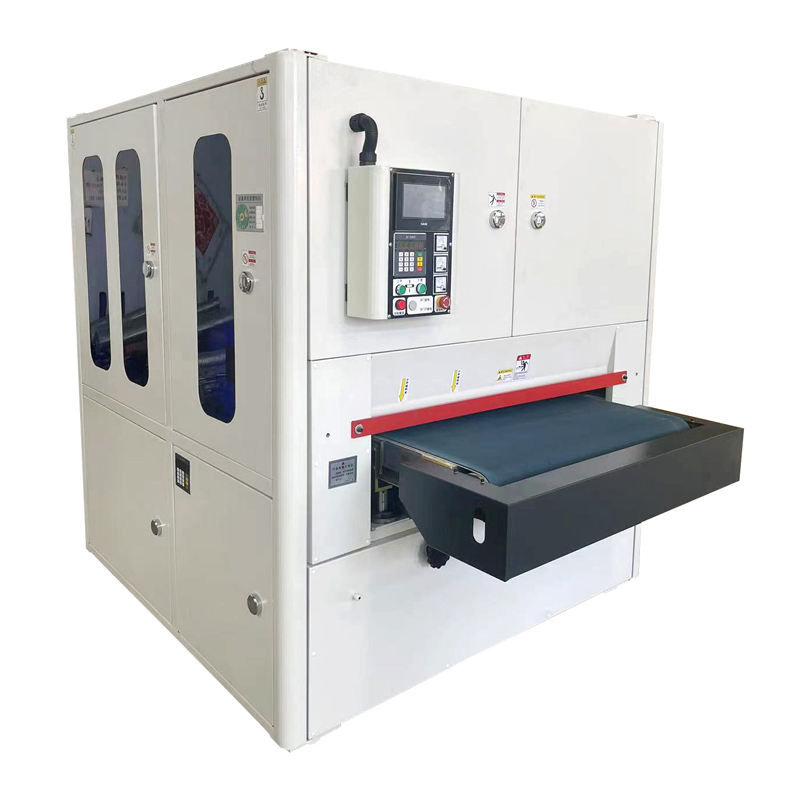

Go to the burr machine manufacturer to take you to understand the burr type and harm.
Machining methods of mechanical parts can be roughly divided into material removal processing, deformation processing, additional processing and so on. In various processing, the excess part derived from the machined part that does not conform to the required shape and size is a burr. The production of burrs varies with different processing methods. According to the different processing methods of burrs can be roughly divided into:
Cast burr: Excess material produced at the seams of the mold or at the root of the gate, the size of the burr is generally expressed in millimeters.
Forging burr: In the joints of metal dies, due to the plastic deformation of the forging material. Electric welding, gas welding burr: electric welding burr, is the filler at the weld protruding on the surface of the part; Gas welding burr is the slag overflow from the cut when the gas is cut off.
Stamping burrs: When stamping, there is a gap between the punch on the die and the lower die, or there is a gap between the cutting tools at the incision, and burrs due to mold wear. The shape of the stamping burr varies according to the material of the plate, the thickness of the plate, the gap between the upper and lower dies, the shape of the stamping part, etc.
Cutting burrs: Turning, milling, planing, grinding, drilling, reaming and other processing methods can also produce burrs. The burrs produced by various processing methods have different shapes depending on the tool and process parameters. Plastic molding burrs: Like casting burrs, burrs are produced at the seams of plastic molds.
Due to the existence of burrs will lead to the entire mechanical system can not work normally, so that the reliability, stability is reduced. When the machine with burrs does mechanical movement or vibration, the falling burrs will cause premature wear of the sliding surface of the machine, increase the noise, and even make the mechanism stuck and the action fails. Some electrical systems, when moving with the main machine, will cause short circuit or damage the magnetic field due to the burr falling off, which affects the normal operation of the system; For the hydraulic system components, if the burr falls off, the burr will exist in the small working gap of the hydraulic components, causing the slide valve to be stuck, blocking the circuit or filter screen and causing accidents, but also cause fluid turbulence or laminar flow, reducing the working performance of the system. Japanese hydraulic experts believe that 70% of the reasons affecting the performance and life of hydraulic parts are caused by burrs; For transformers, the core with burrs increases the iron loss by 20 to 90% than the core with burrs removed, and increases with the increase of frequency. The presence of burrs also affects the assembly quality of the mechanical system, the processing quality of the post-processing process of the parts and the accuracy of the inspection results.
